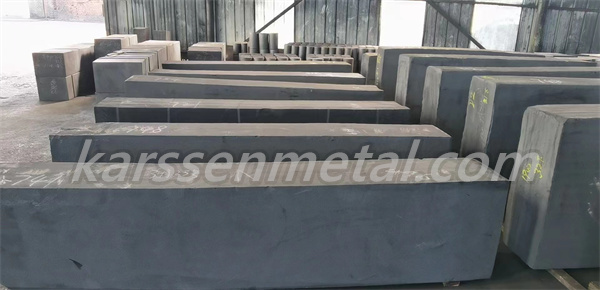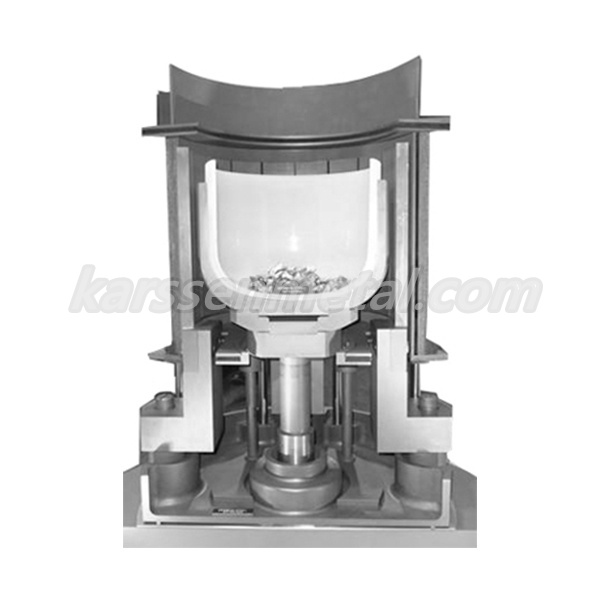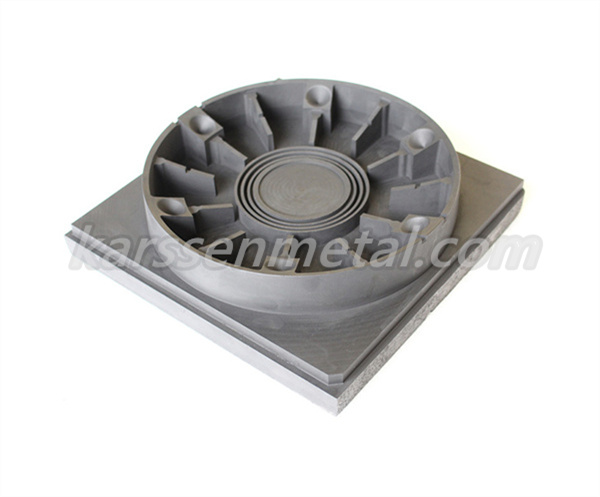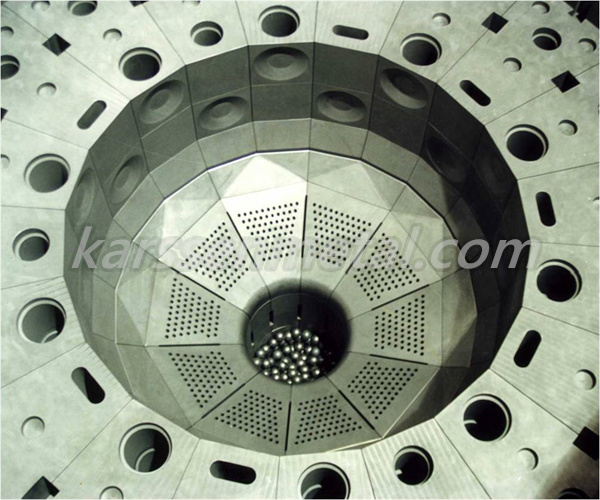Email: info@karssenmetal.com Tel: +86 18147353336
Carbon is the source of life, the skeleton element of all living organisms on earth, and the most important element that constitutes the human body. Carbon in Modern Industries is mainly used as precision heaters, high-strength structures, new batteries, nuclear reactors, etc. in the form of isostatically pressed graphite, pyrolytic graphite, and pyrolytic carbon.
Isostatic graphite
Isostatic graphite is a new type of graphite material developed in the 1940s with a series of excellent properties. Isostatic graphite has good heat resistance. In an inert atmosphere, with the increase of temperature, its mechanical strength increases instead, and reaches the highest value at about 2500 °C; Compared with ordinary graphite: its structure is fine, dense and uniform. It is with low coefficient of thermal expansion, excellent thermal shock resistance;It is isotropy and has strong chemical resistance, good thermal conductivity and electrical conductivity and excellent machinability. It is precisely because of this series of excellent properties that isostatic graphite not only has great achievements in civilian use, but also occupies an important position in the cutting-edge of national defense. It is a new material and attracts attention. It is an irreplaceable material for manufacturing single crystal furnaces, metal continuous casting graphite molds, graphite electrodes for EDM, etc. It is also an excellent material for manufacturing rocket nozzles, deceleration materials and reflective materials for graphite reactors.

Applications
1. Graphite for solar cells and semiconductor wafers
In the solar energy and semiconductor industries, a large number of isostatic pressing graphites are used to make graphite components for thermal field of single crystal Czochralski furnaces, heaters for polycrystalline silicon casting furnaces, heaters, crucibles and other components for compound semiconductor manufacturing. In recent years, solar photovoltaic power generation has developed rapidly, and the production of monocrystalline silicon and polycrystalline silicon in the photovoltaic industry has a huge demand for graphite. At present, single crystal and polycrystalline silicon products are developing towards large-scale and high-end, and there are higher requirements for isostatic graphite, namely: larger specifications, higher strength, and higher purity.

2. Graphite mold for continuous casting of non-ferrous metallurgy
In order to shorten the production process, reduce the bottom cost, improve the quality, reduce labor intensity and pollution to the environment, the production of metal materials has gradually developed in the direction of continuous casting.
Isostatic graphite is mainly used in large copper production lines. Since 1985, graphite moulds have been used in all production lines in China.
3. Electrode graphite
EDM is a revolution in today's mold industry. It not only simplifies traditional craftsmanship, but also makes it possible to manufacture special-shaped molds. Graphite has no melting point, is a good conductor of electricity, has good thermal vibration resistance, and is an excellent electrode material for EDM. Ordinary graphite material is anisotropic graphite with coarse particle structure and low density, which cannot meet the needs of EDM, while isostatic graphite is the best material for manufacturing EDM graphite electrodes because of its isotropy.

4. Graphite materials for producing quartz crucible molds for monocrystalline silicon production
Quartz crucible is a container for Czochralski single crystal silicon, and graphite crucible is used as molding material for manufacturing quartz crucible.
5. Graphite material for high gas-cooled reactor core structure
Isostatic graphite has moderate mechanical properties, especially excellent high temperature mechanical properties, high thermal conductivity and low linear expansion coefficient. In high temperature gas-cooled reactors, it is mainly used as a reflector, moderator and active zone structural material, and together with nuclear fuel, it constitutes a nuclear fuel assembly. At a temperature of 400-1200 °C, the radiation time of high-energy γ-rays and fast neutrons can last for several years, which is easy to cause radiation damage to change the structure and properties of graphite, so the material must be required to have a high degree of graphitization, good isotropy, uniform composition and low elastic modulus.

Isostatic graphite blocks are an important graph
Graphite rotor belongs to graphite material, whi
Graphite sheets have many important roles in the
Contact: Bateer
Phone: +86 18147353336
Tel: +86 18147353336
Email: info@karssenmetal.com
Add: Room D204-2203, Innovation Building, Baotou Light Industry Vocational Technical College, 19 Jianhua Road, Qingshan District, Baotou City, Inner Mongolia, China.